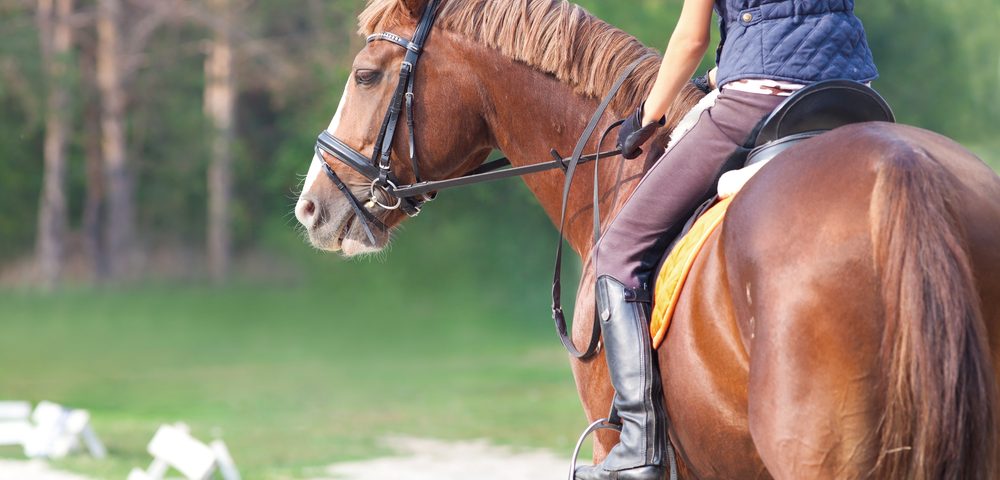My Continual Work Toward Managing Stress
Written by |

It’s been a few weeks since Spotty received his diagnosis. My vet came out to look at my horse and go over ultrasound images taken by my orthopedic specialist at the referral hospital. We came up with a game plan. Although the doctor who diagnosed him advised six to eight weeks of strict stall rest — meaning that he wanted to minimize his movement as much as possible — my vet and I decided that a different approach would be better for Spots.
You see the problem with horses is that, unlike people, when they injure a leg, they can’t use crutches to let it rest. They have to stand up. If they don’t, severe, life-threatening complications can develop. So what might take a human four to six weeks to heal can take a horse much longer because they can’t take their weight off the injury. Minimizing movement sounds sensible from a healing standpoint. Lack of movement and stimulation in our bodies can lead to further problems including severe stiffness, muscle tension, and emotional stress, none of which are conducive to healing.
We figured out a middle ground for Spots. He goes out during the day into a small rehab pen about 50 square feet. It’s big enough that he can walk around, but there’s insufficient space for him to do anything too athletic. He can roll in the dirt, nap in the sun, and socialize with his equine friends over the fence — a critical stress reliever since horses are herd animals and don’t tend to do well in isolation.
Much to my delight, my vet also told me that it was perfectly OK for me to get on Spotty and ride him around at a walking pace. His philosophy, which makes sense to me, is that walking in a low-risk activity and that some pressure and flexion on the mildly injured ligaments will promote healing and help to prevent the scar tissue from forming too tightly. Speaking as someone who sometimes feels like her entire body is a map of scar tissue, I know firsthand how constrictive it can feel to have excessive or tight scar tissue — it’s not pleasant. Letting Spotty walk around to allow his ligaments to heal more naturally seems like a much better plan than waiting for them to recover in a static, standing mode.
Being able to get on Spotty and walk him around has also been an enormous stress release for me. Walking around helped me to realize that though he won’t be my competition partner again, he’s still my Spotted Unicorn (my nickname for him). I appreciate immensely the emotional benefits of spending time with him and the physical perks of riding him.
A week or so after I got the news I had my regular every-other-week visit with my massage therapist, Kim, who helped calm my muscles down and get them less “angry,” as we jokingly say. With the edge taken off the physical side and as I’m consciously working on relaxing my mind, I’ve been able to return my body and mind to a better place. I’ve found that tackling emotional and physical stress quickly and early is key to preventing the two from snowballing off each other.
***
Note: Ehlers-Danlos News is strictly a news and information website about the disease. It does not provide medical advice, diagnosis, or treatment. This content is not intended to be a substitute for professional medical advice, diagnosis, or treatment. Always seek the advice of your physician or other qualified health provider with any questions you may have regarding a medical condition. Never disregard professional medical advice or delay in seeking it because of something you have read on this website. The opinions expressed in this column are not those of Ehlers-Danlos News or its parent company, Bionews Services, and are intended to spark discussion about issues pertaining to Ehlers-Danlos.



Leave a comment
Fill in the required fields to post. Your email address will not be published.